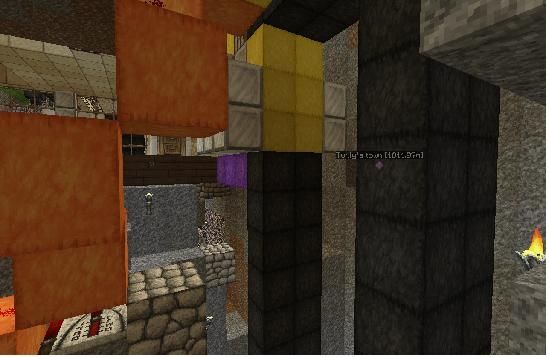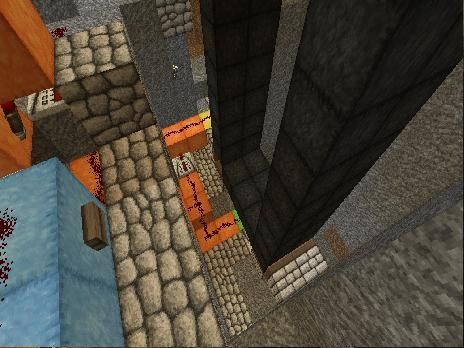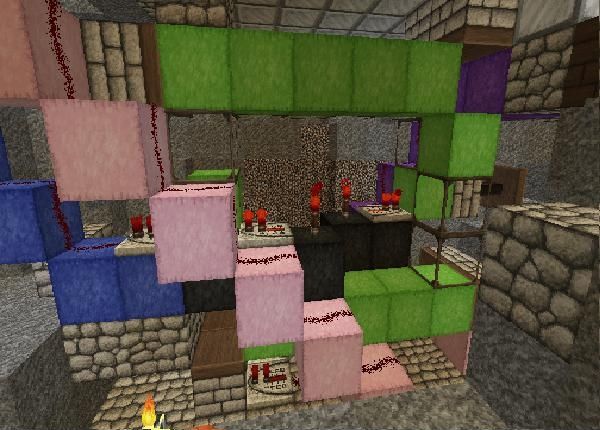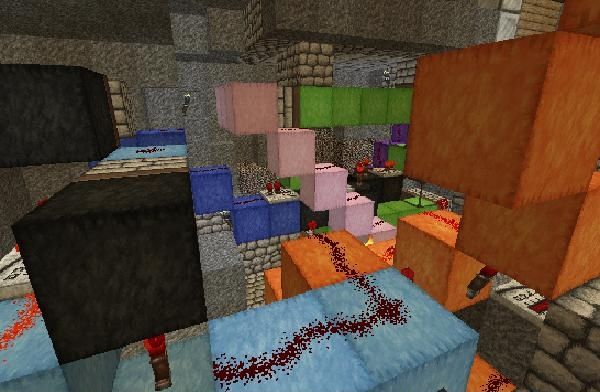Here is the first, crude working model. The image is poor and confusing - my apologies.

The model only goes up 4 blocks currently.
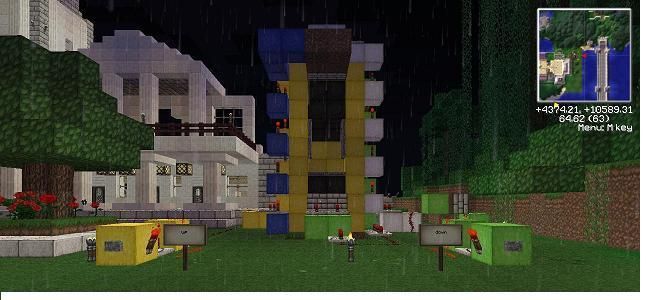
First is the elevator "car" from the inchworm elevators. One goal was to make this user-friendly. The car allows a player to simply step in and ride. The car is made up of 6 trapdoors. Pistons push blocks above or below the trapdoors to make the car move.
Second are the pulse limiters on the left and right. These are the current up and down switches. Click the spoiler for a closer look at how pulse limiters work.
Finally, the most complex part of the machine - modifying a memory array to carry an elevator cart. The black wool gets cycled around in a square via pistons. Originally this setup was used as a memory device and could be read by feeding a monostable redstone signal through one of blocks and using either solid or transparent blocks to turn the output "on" or "off". This is the basic idea behind a 7-segment digital clock.
We have to further modify the design by adding pistons to both sides of the corner blocks. This allows us to run the array in both directions - allowing the elevator to go up and down. Currently I have the up and down signals split into 2 using pulse limiters.
The next step will be getting a 3-story working model so I can learn how to control the floors. I have a decent idea that it is as simple as a button flipping an RS-Nor latch. The latch will then control a series of pistons that will allow a signal to be carried and the elevator to continue on. Assuming a floor is 10 blocks tall, the elevator will need to be 32 blocks high (One added above and below for pistons) and 5 blocks wide. (A 5-wide array allows a monostable signal to be carried through the back of the elevator without interfering with the trapdoors in the car. Clever use of glass with a very precisely placed solid block will allow the back of the car to stop the elevator at the correct floor when coupled with an RS-Nor controlled sticky piston.)
You'll notice the signal is carried up by torches. This will not work in a large elevator since each torch will add a delay of 1 tick. If we assume a 40-block elevator (4 floors) that means a 20 tick (5 second!) delay. This does not make a fast elevator. The signal will need to be carried up via slabs and redstone dust. This should be doable in a 1x3 size and still be reasonable inexpensive. It will involve a repeater every 15 blocks, so at most 4 repeaters will be required to carry a signal 40 blocks up. (1 second vs 5 seconds.)
So. That's where we stand currently. Let me know if you have any questions or have seen this design before.




